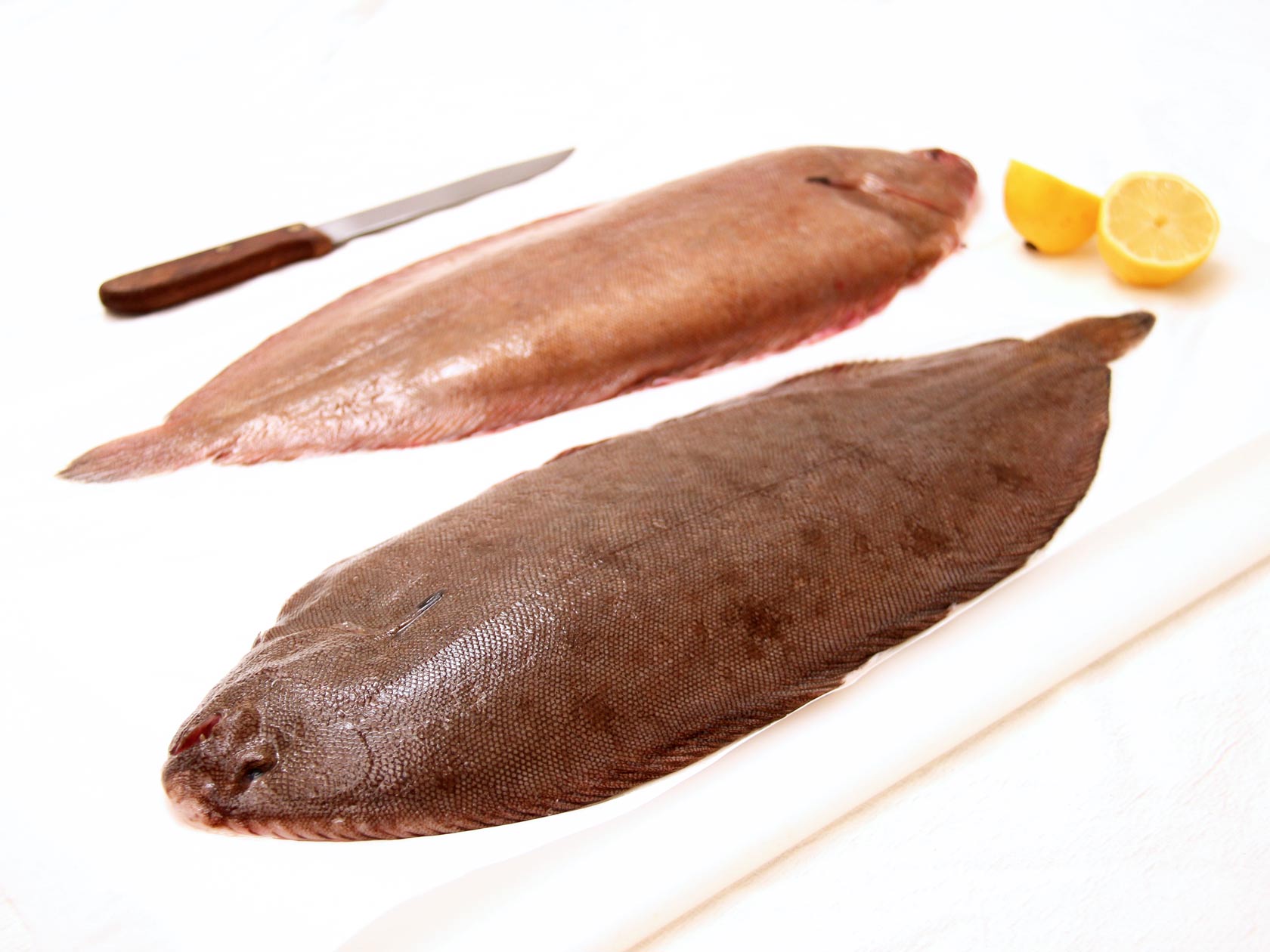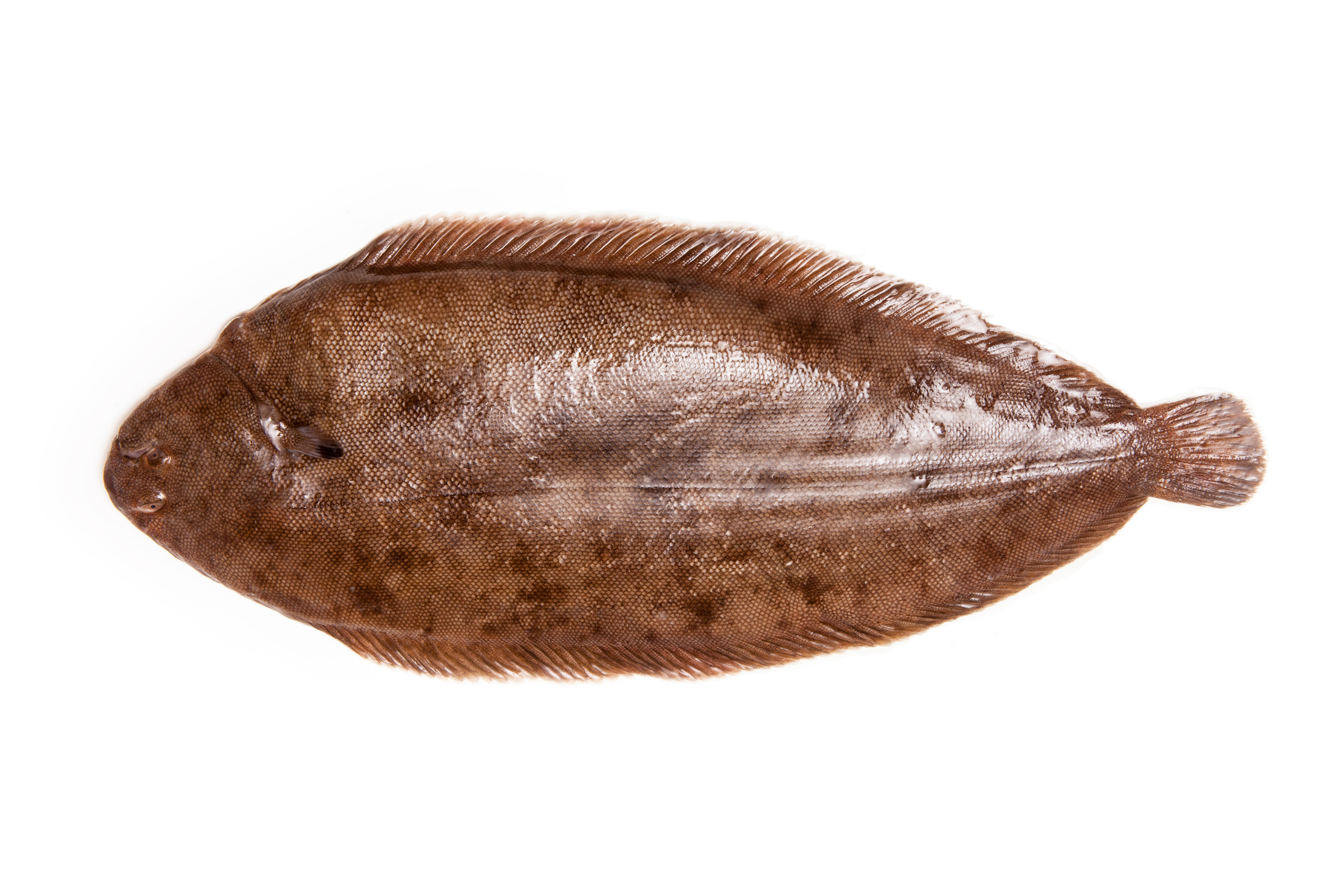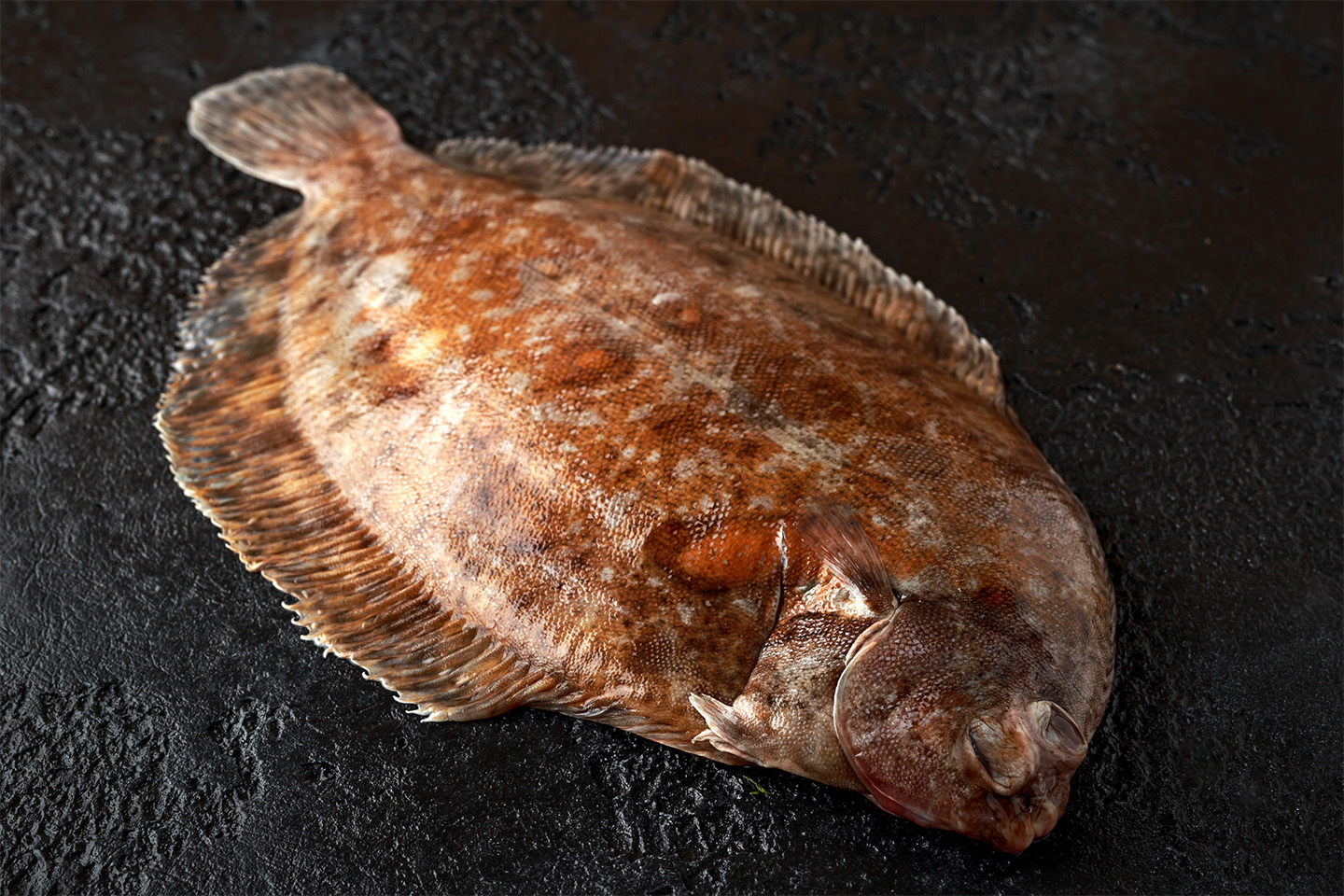Sole Fish Characteristics

Sole fish are a type of flatfish, known for their unique physical characteristics and lifestyle. These fish possess fascinating adaptations that enable them to survive and thrive in their marine environment.
Physical Features and Morphology
Sole fish typically exhibit an elongated, oval-shaped body with a flattened profile. Their bodies are generally asymmetrical, with one side facing upward and the other facing downward. The dorsal (upper) side of the fish is usually pigmented, while the ventral (lower) side is often pale or white.
Sole fish vary in size, depending on the species. Some species, such as the common sole, can grow up to 30 inches in length, while others, like the Dover sole, can reach lengths of over 60 inches.
Habitat and Distribution
Sole fish are predominantly found in marine environments, inhabiting the bottom of coastal waters and estuaries. They prefer sandy or muddy substrates, where they can easily camouflage themselves from predators and prey.
Sole fish are widely distributed across the world’s oceans. They are found in both temperate and tropical waters, with different species inhabiting specific geographical regions.
Feeding Habits and Diet
Sole fish are opportunistic feeders, consuming a variety of prey items. Their diet primarily consists of small invertebrates, such as worms, mollusks, and crustaceans. They also feed on small fish and occasionally scavenge on dead animals.
Sole fish possess a specialized feeding mechanism. Their mouths are located on the underside of their heads, allowing them to feed while resting on the ocean floor. They use their sensitive lips to detect prey and then quickly extend their jaws to capture it.
Sole Fish Commercial Value

Sole fish are highly valued as a food source, renowned for their delicate flavor and versatility in culinary preparations. They hold significant economic importance in commercial fisheries worldwide, contributing to global food security and economic sustenance.
Global Catch and Regional Trends
The global catch of sole fish has experienced fluctuations over the years, influenced by factors such as fishing practices, environmental conditions, and market demand. According to the Food and Agriculture Organization (FAO), the global catch of sole fish in 2020 was estimated at around 2.2 million metric tons.
The major fishing regions for sole fish include the North Atlantic, North Pacific, and the Mediterranean Sea. The North Atlantic region accounts for the largest share of the global catch, primarily driven by the European sole (Solea solea) and the American plaice (Hippoglossoides platessoides).
Challenges and Sustainability Concerns
Sole fish fishing faces several challenges, including overfishing, habitat degradation, and bycatch. Overfishing can lead to population declines and disrupt marine ecosystems. Habitat degradation, such as pollution and coastal development, can impact sole fish spawning and nursery grounds.
Bycatch, the unintended capture of non-target species, poses another concern in sole fish fisheries. Minimizing bycatch is crucial for protecting marine biodiversity and maintaining the balance of marine ecosystems.
To address these challenges and promote sustainability, various management measures have been implemented, including fishing quotas, gear restrictions, and marine protected areas. Sustainable fishing practices are essential for ensuring the long-term availability of sole fish resources and preserving marine ecosystems.
Sole Fish in Cuisine

Sole fish is a highly prized delicacy in gourmet cuisine due to its delicate flavor and firm yet tender texture. Its versatility in cooking methods makes it a favorite among chefs and home cooks alike.
Culinary Uses of Sole Fish
Sole fish is commonly used in a variety of culinary preparations, including:
- Pan-frying: Sole fillets are often coated in flour or breadcrumbs and pan-fried until golden brown, resulting in a crispy exterior and a flaky, moist interior.
- Baking: Sole fillets can be baked in the oven with herbs, lemon, and butter for a simple yet flavorful dish.
- Grilling: Grilling sole fillets over medium heat imparts a smoky flavor and a slightly charred exterior.
- Steaming: Steaming sole fillets preserves their delicate flavor and nutrients, making it a healthy cooking method.
- Poaching: Poaching sole fillets in a flavorful broth adds moisture and enhances their natural sweetness.
Popular Sole Fish Dishes
Sole fish is featured in numerous popular dishes around the world, including:
- Sole Meunière: A classic French dish where sole fillets are dredged in flour and pan-fried in butter, then topped with a lemon-butter sauce.
- Dover Sole: A highly prized variety of sole, often served grilled or pan-fried with a simple lemon-butter sauce.
- Sole Véronique: Sole fillets pan-fried in butter and topped with a white wine sauce containing grapes and parsley.
- Sole Dugléré: Sole fillets poached in a flavorful broth and served with a creamy sauce made with mushrooms, shallots, and white wine.
- Sole Bonnefoy: Sole fillets baked in a rich tomato sauce with onions, peppers, and olives.
Unique Flavor and Texture of Sole Fish
Sole fish is renowned for its delicate, slightly sweet flavor that complements a wide range of seasonings and sauces. Its firm yet tender texture allows it to hold its shape well during cooking, making it suitable for various preparations. The high protein content and low fat content of sole fish make it a nutritious and satisfying culinary choice.